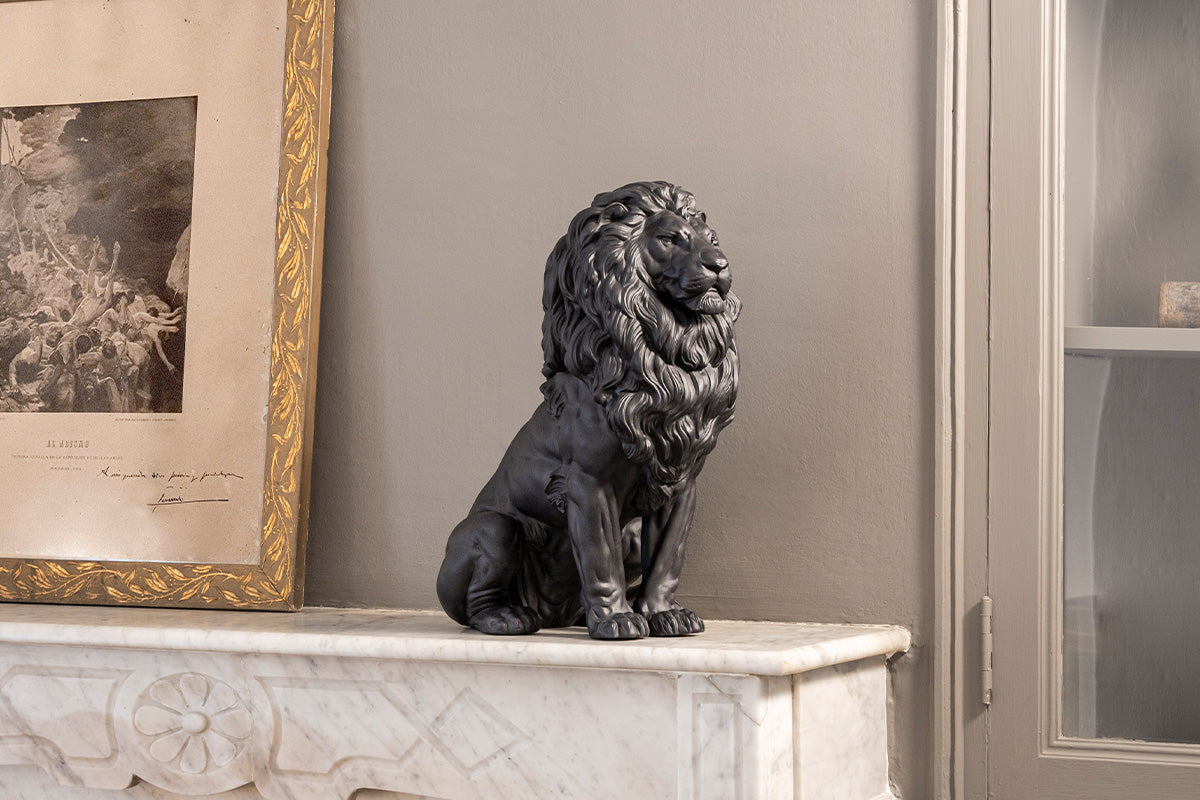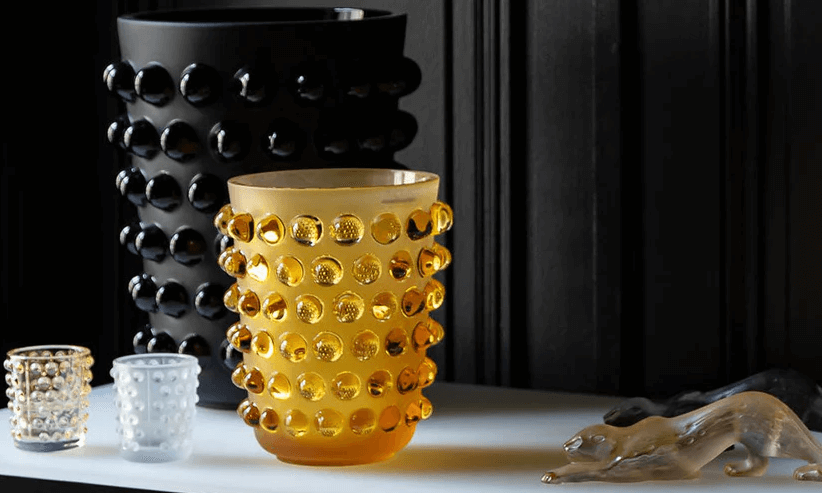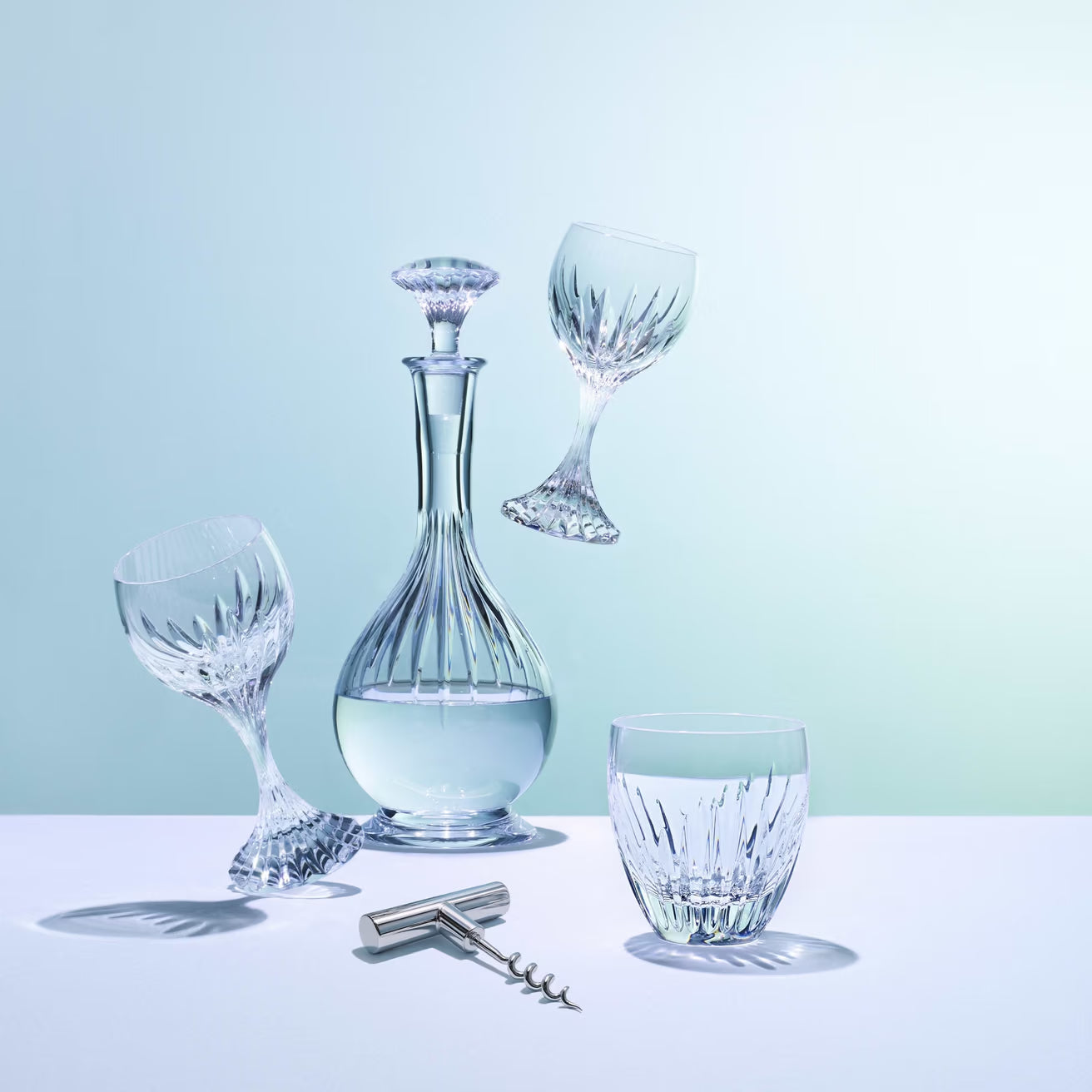3 Myths of Lladró: How Well Do You Know the Brand?
Tagged with:About Lladró
Share
Lladró sculptures are world-renowned and recognised for their beauty. The brand’s characteristic subtle expressions, strong movement and unique colours make them a favourite among many collectors, and their exquisite craftsmanship and proprietary technique also means that there are rarely fakes in the market - even if there are, it’s quite simple to tell them apart from the real Lladrós. Click here to read more about the history of Lladró.
Some pieces are undeniable Lladró just from the detailed craftmanship and iconic details like the handmade flowers created petal by petal and placed individually in their Flowers Forever Girl Sculpture.
The 3 largest Lladró myths
The Lladró story is one of quality, innovation and artistry. But there are always a few beliefs that even the connoisseurs get wrong. Let’s debunk the 3 largest Lladró myths.
MYTH 1: A BLUE LLADRÓ LOGOTYPE AT THE BOTTOM AUTHENTICATES A LLADRÓ PIECE

Lladró started using an official logotype on the bottom of their pieces in 1960, but the identification mark has changed throughout the years. There were some years where they’ve used a blue mark, and others, a black. Even in the current collection, not all pieces bear the blue Lladró logotype. The positioning of the logotype might also change and not be at the base of the piece.

The Lladró range have expanded tremendously and because of the design of the piece, they’ve had to change the location of the logo and how it is presented as it would be visible if it is not on the base of the piece. For example, most of the High Porcelain pieces with a wooden base, do not have this logo at the bottom. Because of the size of these pieces, they are fastened onto the wooden base, which means that any marking done on the bottom of the piece is not visible from then on. Instead, for these pieces, Lladró has a special disc made with their logo, the signature of the artisan that designed the piece, and a signature of the artisan who decorated the piece. The limited edition number of the piece is also written on it, so that there is no doubt of its authenticity.
MYTH 2: LLADRÓ PAINTS THEIR PIECES AFTER THE FIRING PROCESS
Pottery is just so popular right now that many people have tried it first hand. Because they’ve been through that process, when they see a Lladró piece in-store, they assume that these pieces are painted after the firing process. We completely understand why people would assume so, as most porcelain brands make porcelain in a different way to how Lladró makes their pieces.
Visually when you look at Lladró pieces, you immediately pick up on the pastel colour palette they are popular for. These pastel colours are not commonly seen in porcelain as most porcelain pieces are also made using a triple firing process. Porcelain paint is applied in a different colour than what we see in a finished piece, and this paint reacts to the heat as it is placed in the kiln and chemically reacts to transform into the finished colour you see in-store. This type of paint, via the triple traditional firing process. results in strong vivid colours. Pastel colours cannot be achieved using this firing process and that’s why it is rarely seen in porcelain pieces.
Lladró does it very differently. When the three Lladró brothers set up their kilns, they experimented with these processes as they wanted to create a more delicate colour palette that was gentler than the vivid colours commonly seen in porcelain. Read more here about Lladró’s high temperature single firing method. What’s more commonly done to create pastel colours on porcelain pieces, is that they are painted on as a final step, and this layer isn’t set via the firing process. This creates the look, but functionally behaves very differently. Basically the paint isn’t set into the piece properly and will discolour with the elements such as temperature changes, humidity changes, UV exposure and wear and tear. Lladró’s pieces, on the other hand, have pastel colours that are sealed into the piece, ensuring that a century on, your pieces are exactly the same colour the day you bought it.
MYTH 3: LLADRÓ PIECES ARE DIFFICULT TO CLEAN AND MAINTAIN
It is a common misconception that Lladró pieces are difficult to clean and maintain. When you think about it, Chinese porcelain has been around since the Han Dynasty (206 B.C. to 220 A.D.). Some of these pieces still exist today, proving the quality of porcelain pieces and its longevity.
Porcelain was well known for its durability, and our old customers who have pieces from the 60s and 70s are great testaments to the quality of Lladró porcelain, as they keep coming back to buy pieces to match their existing collection. Some of the most elaborate Lladró pieces are also held in museum collections for their craftmanship, design and an important mark for historical events.
Enjoyed this article? If you have any further questions, do send them through to us and we will try our best to assist you!





